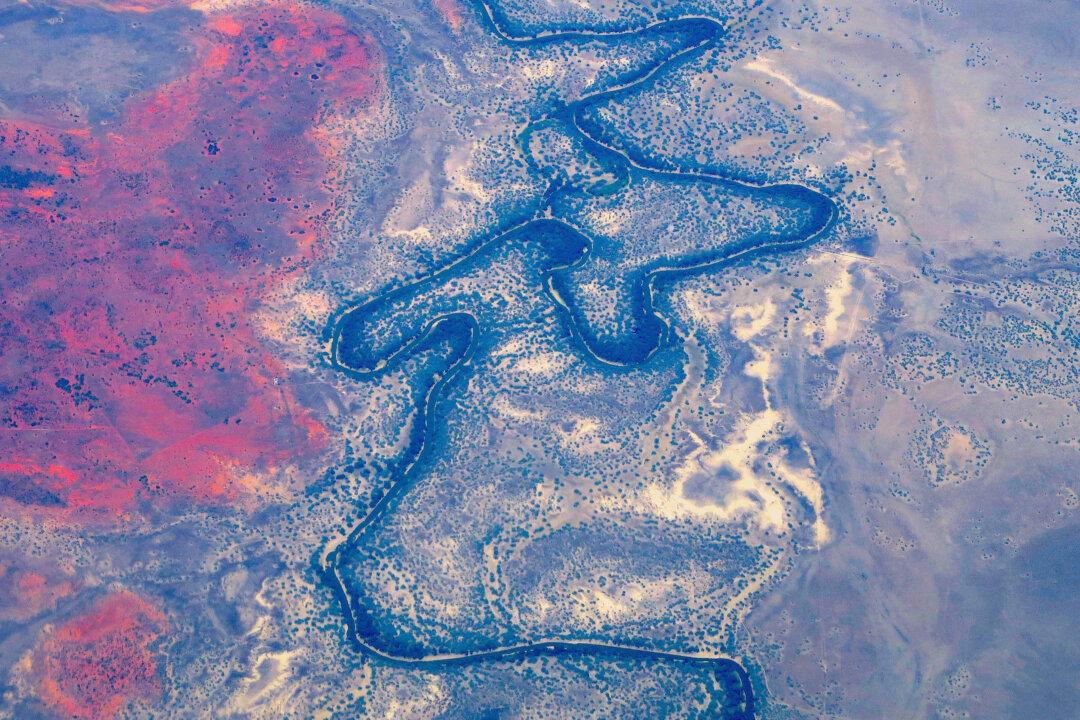Workers in New South Wales (NSW) have protested against the federal government’s water buyback plan in the Murray-Darling Basin, fearing for their livelihoods and potential a rise in food prices.
The Senate is reviewing the Water Amendment (Recovering Our Rivers) Bill 2023. The proposed changes aim to include more projects, like water buybacks, to achieve the Basin Plan’s target of an extra 450 gigalitres (GL) of environmental water.





